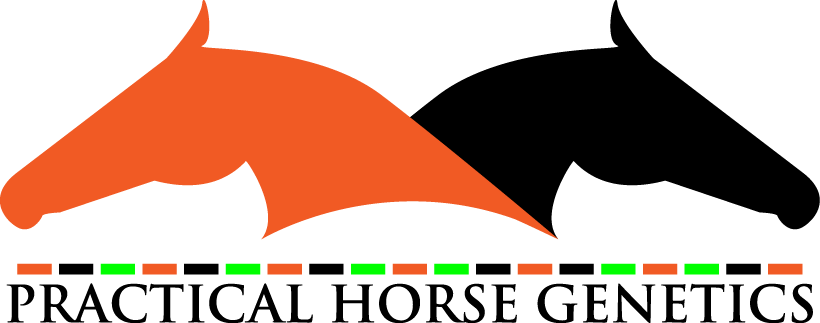Junctional epidermolysis bullosa (JEB2)
Summary
Junctional epidermolysis bullosa (JEB) causes a failure in the skin's normal attachment to the body. Affected foals are usually born alive, but will develop sores and skin tears extremely easily. There is currently no effective treatment for JEB.
JEB is an autosomal recessive disorder. Autosomal disorders are equally likely to affect male or female horses, while "recessive" means that a horse needs to inherit the JEB mutation from both its sire and its dam to be affected. Horses that have inherited the JEB mutation from just one parent are called JEB carriers, and do not have physical signs of this disorder.
The Saddlebred form of JEB has been detected in Saddlebreds and Racking Horses. It may also be present in other related breeds, and part-bred horses with some Saddlebred blood.
This test is not useful for detecting JEB in heavy horses.
Gene or region and technical reference
Gene: LAMA3 (causative). Reference: Graves, Henney and Ennis. (2009)
Reported alleles
n. Test developed using manufactured DNA, animal controls.
JEB. Test developed using manufactured DNA, animal cases.
Panels: groups of tests that are often ordered together
This test is not in any panels.
